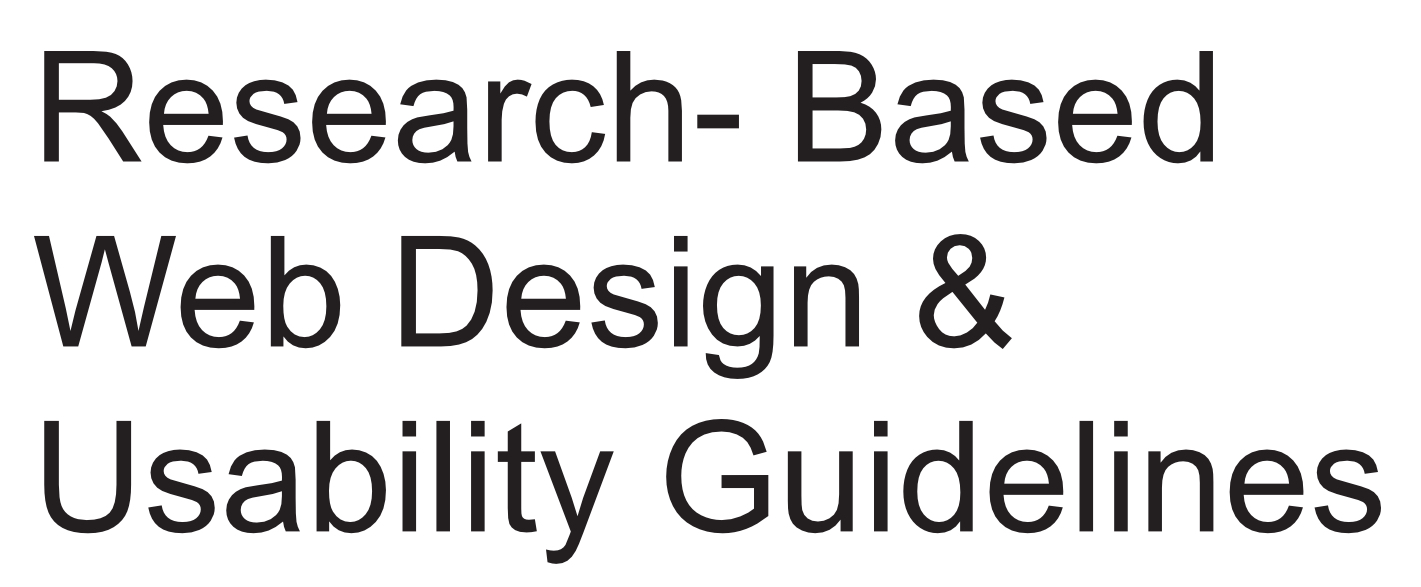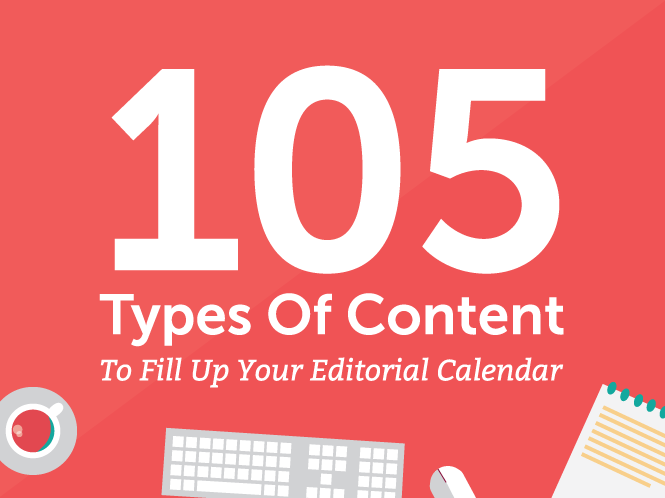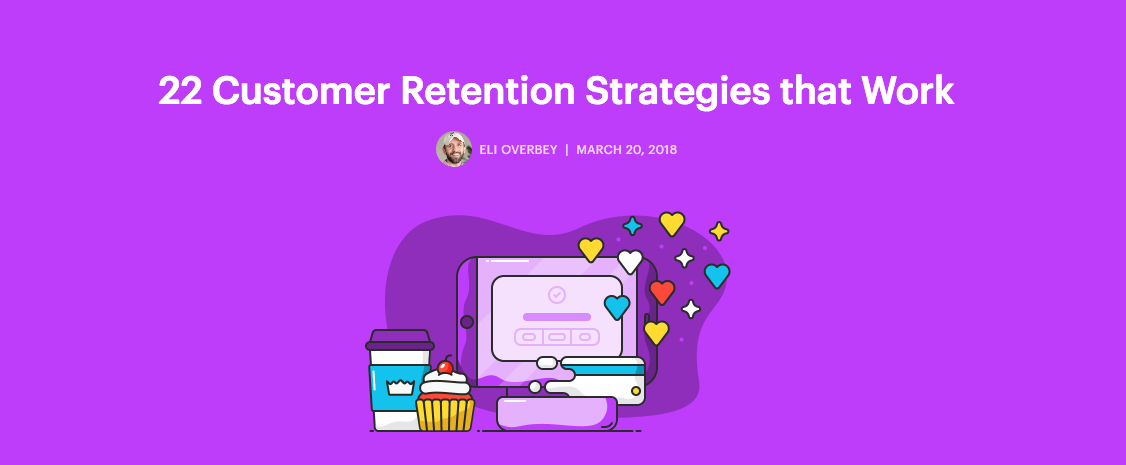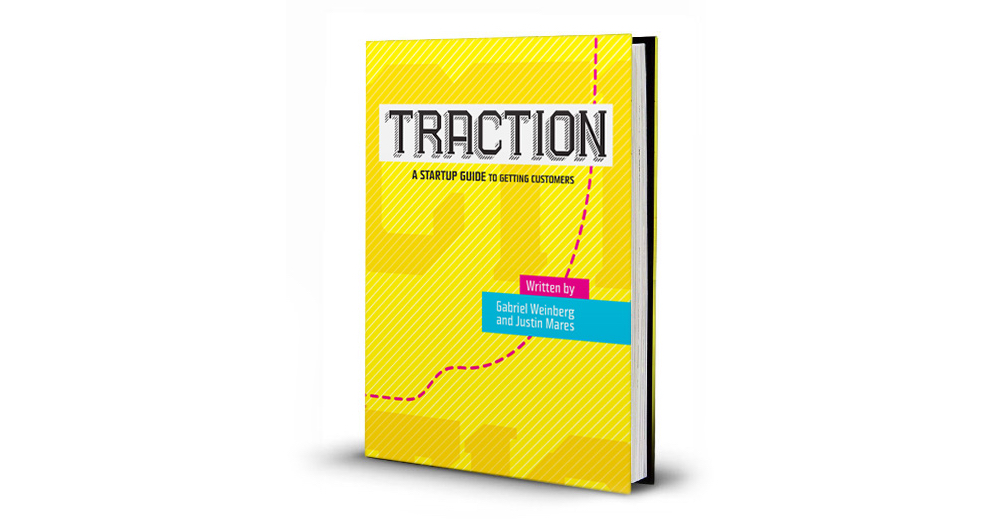
I see a lot of marketing practitioners and clients struggling with the digital marketing concepts.
There is a sense of drowning in the information that’s available on the web. Technology changes are fast and furious. The pace at which what works and what doesn't changes is crazy. Everything is part of an ever-changing continuum.
The first problem with digital marketing is the need for a common framework which helps you decide where to look in digital marketing. There are many around and that just adds to the confusion.
In the absence of a framework, the result is chaos - inefficient methods, waste of budgets, general cluelessness, busy flailing, and the use of the wrong metrics to show results.
What you need is a clear way to evaluate your competition, to understand promotions, and a clear path to evolve your own digital strategies.
This article explains the basic concepts and guidelines of a framework that you can use to build your digital marketing promotions.
Get a handle on your digital marketing efforts using 3 simple concepts.
Tim Ash, in his book Landing Page Optimisation, suggests this route. I feel that this is the most elegant of all the frameworks out there. There are only 3 objectives for your digital marketing. These are
- Acquire customers and prospects
- Convert customers and prospects
- Retain customers and prospects
Measure and Optimise runs through all the three objectives. It is a separate topic by itself.
All the activities that you engage in for promoting your online brand fall into one of these 3 buckets.
The following infographic from eConsultancy explains the 3 objectives for your website. This graphic also details the individual elements that constitute each objective.

Viewed in this context, the 3 objectives and how it translates for any website are exploded below.
Acquire
Think of all those tactics which help you get more traffic to your website.
Some of the tactics for acquisition include
- Search Engine Marketing - this includes both SEO [on-page and off-page]
- Paid Search [Google Adwords, Bing] or ads via Social Channels [FB, Twitter, Linkedin, Reddit]
- Having Content of Value on your website helps with SEO. It also helps you push customers down the buying funnel when the content is diverse enough to address all the stages of the buying lifecycle.
- Reaching out to influencers with your content
- Email marketing to your customer base, using optin or cold email
- Using partner networks for promotion help in spreading the word
- Affiliate marketing, which involves giving commissions and incentives to partners for selling and promoting your products/ services, and tracking this.
- Featuring your blogs on aggregator systems such as Scoop.it, paper.li and others which use social media posts as the basis for collecting content.
- Using RSS Feeds to get into Shopping Comparison engines or RSS Directories. This amplifies the product reach and places your brand along with others.
- Using Interactive Advertising and Display Ads on Google, Bing and Ad Networks. This furthers the reach of your product, or service, and can be targetted to reach the precise people you wish to convert. Or just use remarketing for display ads to tap those who have visited your website.
- Finding co-registration opportunities to get traffic. This involves working with partners and co-promoting your brand and theirs in a joint exercise where both parties benefit.
- Deploying peer to peer networks to augment downloads and file sharing - makes sense for free trial software.
- Paying for content distribution and syndication to further the reach of your content. Uses content syndication networks such as Taboola and Outbrain.
- Using online PR to get placement in popular websites. This is good for SEO and keyword ranking.
- Using Social Media to direct traffic and engagement. This brings back traffic to your content from social media.
For a comprehensive list of 19 acquisition opportunities read the list from the book Traction, here.
Convert
Includes all those measures that help you convert traffic into results. You drive traffic using the various promotional methods and media described above. But this traffic is useless if it does not act on your website, or Landing Page.
In the hierarchy of Acquire, Convert, Retain, and Measure, conversion is the most important piece.
If you acquire without converting you're wasting time, money and effort. When you convert, retention kicks in, not before.
Conversion is primarily a function of the following
- Copy and persuasion framework, the words you use to sell, how well what you say resonates with the customer, how well your solution answers the pain, how credible and believable you story is and what calls to action you use.
- Social Proof adds believability to your claims
- User experience helps the customer logically through your website
- Content of Value to the Customer [Not any content, but that which that helps customers to take/ make better buying decisions in your category and helps the him/ her across the buying lifecycle.
- Understanding and applying conversion rate optimisation heuristics
- Using Capture Devices, or Lead Magnets, Events, Registration, Newsletters, or Webinars to enable interested prospects leave behind their credentials
Each of these is explained below in detail.
- Ensure that the copy is based on research
- What are your customer's pains, problems, and needs?
- How do you meet/ solve this?
- Why should they buy from you, as opposed to someone else?
- Why should they believe what you say?
Read How to write copy using the StoryBrand Framework by Donald Miller.
- Show Social Proof as it adds credibility to your communications
Use trust and credibility boosters to reinforce your claims.- Trust symbols such as BBB, TripAdvisor, MasterCard, payPal
- Certifications & Accreditations such as ISO 9001, industry bodies
- Testimonials from clients and employees
- Client List
- Ratings & Reviews
- Case Studies/ Portfolio of Work which show past work and how you ahve tackled the challenges
- Company Highlights such as number of years in the business, the cumulative experience of key people
- Awards
- Social Media Proof
- Your Stories
Read 29 proven ways to use social proof to increase your conversions.
- Design based on User experience principles
This includes accessibility factors and factors which aid, or obstruct, user navigation through the website.
Accessibility is defined by the guidelines specified by WCAG, and is for the differently abled.
Research-based Usability Guidelines, provided by Usability.gov is one of the better references for usability heuristics.
- Provide Content of Value to the Customer
This is part of the modern content marketing where content combines with social and search to give you leads and results. This is manifest as:- Blog Articles
- ebooks
- Infographics
- Guides, Tips, How Tos
- Cheat Sheets, Templates
- FAQs, Knowledgebase
- Case Studies, Portfolio
Read about the 105 types of content to fill your editorial calendar with.
Content does magical things for your website, or brand
- It provides juice for SEO and keyword ranking
- It provides you the mulch for social media seeding
- It forms the basis for customer on-boarding and newsletters
- It gets shares, likes, and engagement which leads to an increase in social signals. That affects your ranking positively.
- It makes you look knowledgeable, and sound like an authority on the subject compared to your competition
- It creates opportunities for leads, capturing prospects for your mailing lists and the builds your future pipeline of customers
- Use Conversion Rate Optimization heuristics for better results
According to Moz: Conversion rate optimization (CRO) is the systematic process of increasing the percentage of website visitors who take a desired action — be that filling out a form, becoming customers, or otherwise.
The process involves understanding how users flow through your site, what actions they take, and what's prevents them from completing your goals.
The data for conversion optimisation comes from many sources:- Google Analytics with goal settings so that you can analyse the user paths and understand drop-offs
- Heatmaps to tell you what is being viewed, or not viewed, on the pages
- Form Analytics to understand what is difficult with the forms
- A/B & Multi-variate testing to understand what creative/content works better
- Visitor Recordings that actually show you what the user is doing on the website.
Once you analyze this data, then you tweak the pages and test them for better conversions.
Read the 45-point conversion optimisation checklist and 100+ techniques in Conversion Rate Optimisation.
- Deploy conversion capture devices or lead magnets
This is where calls to action, capture devices or lead magnets, for both customers and prospects kick in. It’s useless if the traffic on your website, or Landing Page, does not act after visiting it. Capture devices are forms that help you capture visitor information in return for a freebie they opt-in for.
Typical capture devices used are Blog Subscribe, Newsletter Subscribe, eBook Download, Registration, Gated Guides, Cheat Sheets Downloads, Templates, Case Studies, Research Studies, Software Tools that Require Registration, Courses, Contests, and Webinars.
Check out the huge list of 69 ways to build an email list by OptinMonster here.
Conversion Capture is the result of Conversion Optimization which essentially looks at data on how well a page enables the customer to convert.
Read 69 Ideas for Lead Magnets on your website.
Retain Customers and Prospects
Captured customer information is useless if there’s no plan to intelligently mine it.
Periodic communication to prospects and customers such as Email Newsletters, Webinars, Loyalty Schemes, Discounts, Product Announcements, and Customer Onboarding via email automation kick in here.
Read 22 customer retention strategies that work.

How and where to use this digital marketing model?
1. To present digital marketing strategies to clients
2. To measure digital marketing plans
3. To get a quick handle of digital marketing plans that are in place.
Is your online marketing buzzing with all these systems and thinking?
It’s time you started thinking about online marketing with convert, acquire and retain principles in mind. Most folks give acquire more importance than convert and that is a mistake. Many don't include retain as part of their strategy and this is sub-optimal.
That explains why there is so much wasted effort, wasted spends and opportunity loss because of wasted time in digital marketing.
Entrust your digital marketing to experts today.
If you need help with digital marketing services, give Pigtail Pundits a call at +91 983 307 1725. Or do write to us here.
We help businesses all over the world get better ROI from their digital spends.
We specialise in Pay-per-click advertising, Social Media Outreach, Search Engine Optimisation, Conversion Rate Optimisation, Premium websites that convert, Content Marketing that works, and Awesome Training for your In-house Teams on digital marketing.
If you're keen to listen in to digital marketing conversations that answer pressing online marketing challenges, do join our Facebook Group.
Come, share this article and show us some comment love.
If you found this article to be interesting, do share it with your friends. Wish to comment on it with your own observations? Go right ahead and use the comment box.
The Pigtail Pundits Network
- Web Audits for Leads
- School Marketing CMS
- Conversion Optimisation Hacks
- Websites built on ProcessWire
- Online Marketing that Yields Results
Categories
- Analytics
- Branding
- Community
- Content Management System
- Content Marketing
- Conversion Optimization
- Copywriting
- Information Architechture
- Promotion
- Rides
- Social Media
- Web Design
Recent Posts
- 6 Qualities That Differentiate a Great Programmer From an Average One
- 6 Reasons Why Front End Web Development Is a Great Career Choice
- 3 ways how digital marketing will boost your web-development career
- Short Copy, or Long Copy? Heads I Win, Tails You Lose.
- Tips for Restaurants to Thrive Amid COVID-19 Outbreak
- Masterclass on ROI-Driven Websites Receives A Huge Response
RSS Feed
